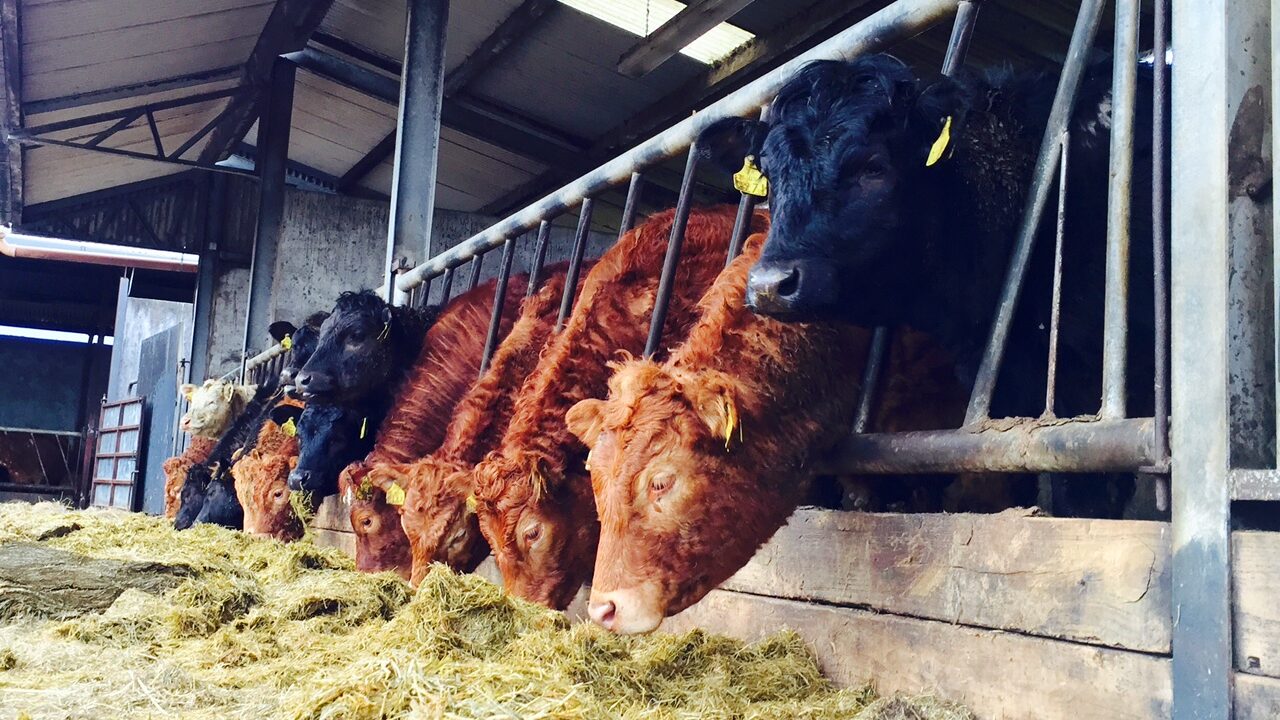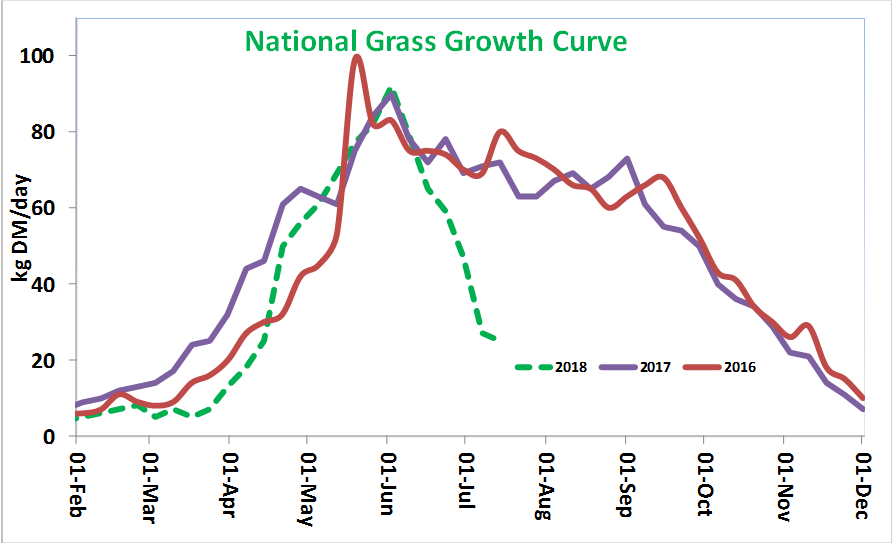The fodder census results have been announced by Teagasc earlier today (Thursday, July 19).
The Interagency Fodder Committee conducted a fodder census at the end of June and beginning of July, with the data representing the same time period.
Over 1,000 farmers from across a range of enterprises were surveyed across the country.
Results of this survey in late June / early July showed a deficit of 18% nationally.
The results have to be treated with some caution as conditions have deteriorated since the census date.
According to Dr. Siobhan Kavanagh – who oversaw the census – if it is assumed that half of the second cut has been consumed, Teagasc estimates that the national fodder deficit is now 28%.
Soil moisture deficits are very high ranging from around 50mm to 60mm in Ulster and Connacht, with values elsewhere running between 80mm and 95mm, according to Teagasc.
Grass growth has deteriorated to 25kg DM/ha/day nationally, with eastern, south-east and southern counties worst affected.
In many areas of the south-east, grass growth is 10kg DM/ha or less. This has resulted in a significant gap between supply and demand; consequently significant quantities of silage have been fed on many farms as well as second-cut silage ground being grazed.

